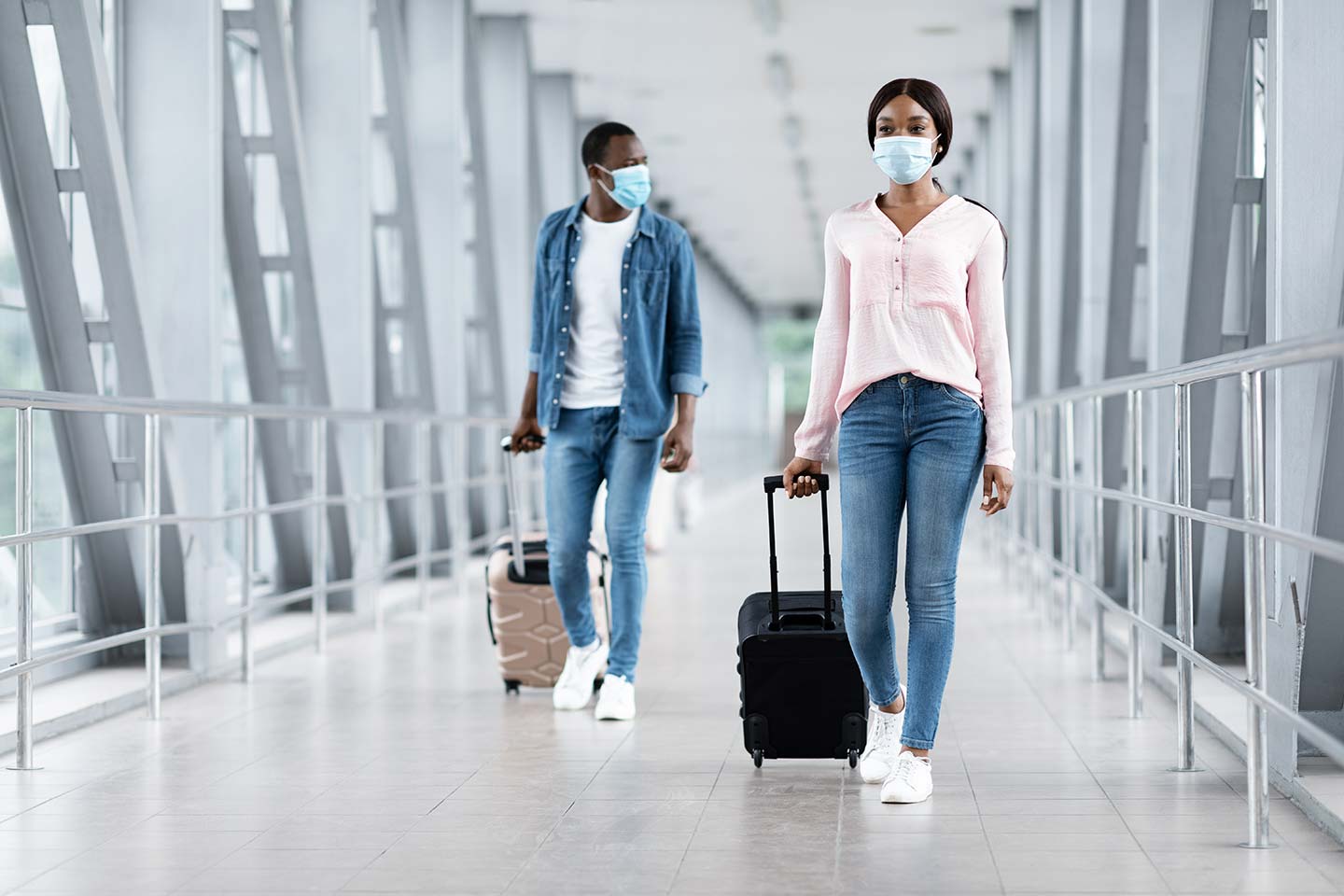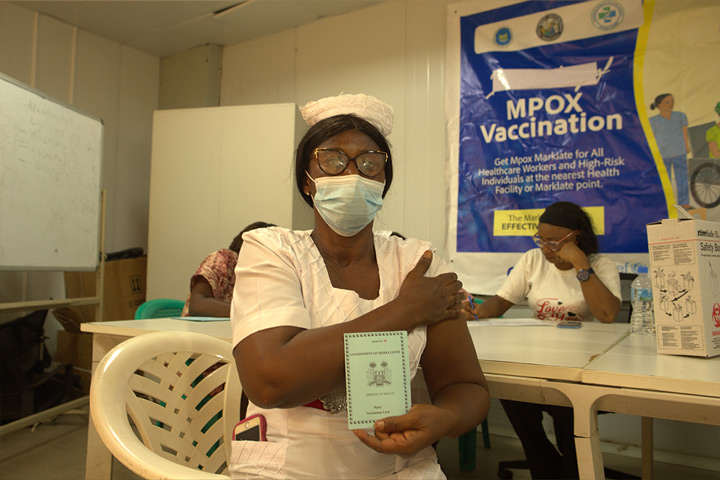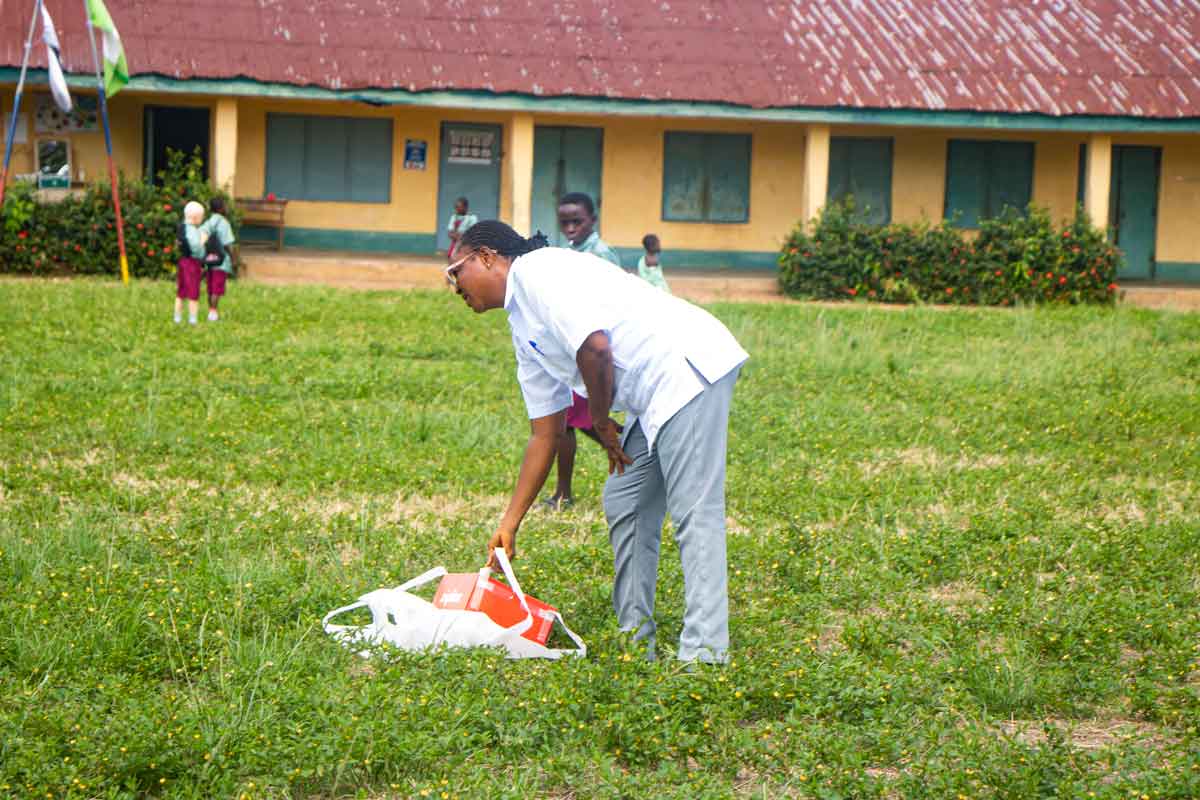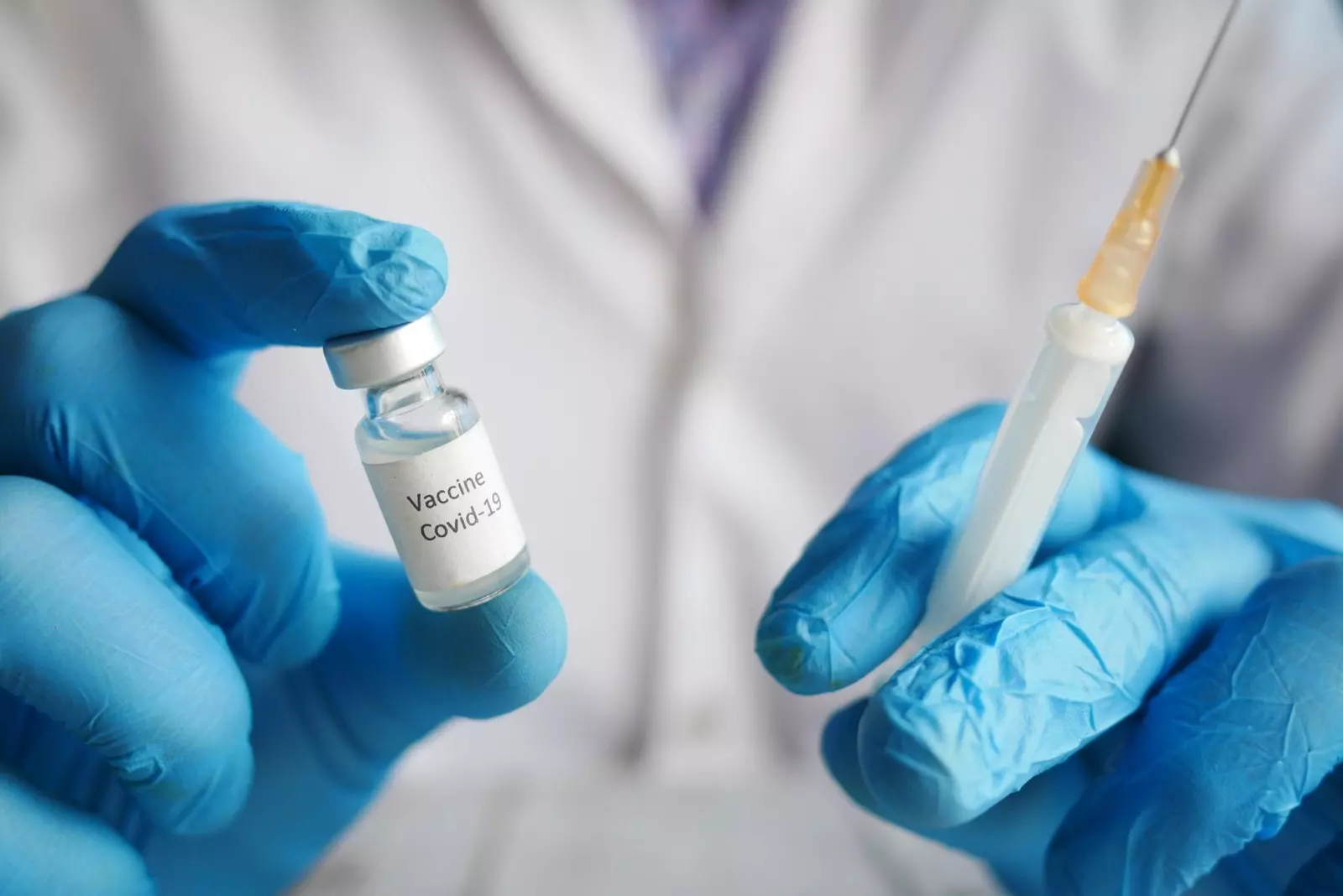The growing threat of pandemics
Whilst COVID-19 caught the world off guard, the speed at which it spread and the extent of its impact on people’s lives came as a great shock to most. However, some were not surprised at all.
- 25 March 2021
- 3 min read
- by Dr Seth Berkley

COVID-19 is the third recent jump of an animal coronavirus into humans, after SARS and MERS, plus other coronaviruses that are part of our normal respiratory seasonal infections. Global health and infectious disease experts have long warned of the potential threat of a pandemic, arguing that not only was one long overdue, but that the risk of pandemics was actually increasing.
This may seem counterintuitive, given the progress that has been made in reducing the impact of infectious disease; smallpox has been eradicated, the number of cases of polio has reduced by more than 99.99%. Thanks to the efforts of organisations like Gavi, the Vaccine Alliance, diseases like measles, diphtheria and tetanus have been in steady decline in recent decades.
The emergence of new infectious diseases is not something we can control; the rate at which pathogens mutate makes this an evolutionary certainty. Since the 1940s more than 330 emerging infectious diseases have been identified, of which 60% were zoonotic, meaning they originated in animals but jumped the species barrier to humans.
When you factor in that pre-COVID-19, more than a billion people crossed international borders each year, pathogens can now cross the globe as fast as a jet plane.
Increasing infection spread
When a new infectious disease does emerge, human migration, population growth, urbanisation and dense urban slums, rapid global travel and climate change can all hasten its spread. The ease with which a disease can be transmitted increases proportionally with urban density.
Have you read?
So, as more people are drawn to live in cities to seek economic prosperity or are driven there by conflict or climate disaster, the risk of outbreaks raging out of control increases. When you factor in that pre-COVID-19, more than a billion people crossed international borders each year, pathogens can now cross the globe as fast as a jet plane.
Improving surveillance of diseases
The reality is that it has never been easier for outbreaks to spread globally. Given the relentless speed at which viruses can mutate, it’s not a question of if there will be a next time after COVID-19, but only when.
The only way to avoid this is to learn from this crisis, build stronger disease surveillance and invest in vaccine research and anti-viral therapeutics. Ultimately the only way to prevent a pandemic is to stop outbreaks from escalating in the first place.
WEBSITE
This article was originally published by Global Cause and appeared in New Scientist.
More from Dr Seth Berkley
Recommended for you









